
First appearing in the 1940s, Captain America consistently plays a key role in significant Marvel storylines for good reason. The character is rich with detail, from the beginnings of the Super Soldier program to the seemingly impossible feats his shield performs in battle-details that are well worth exploring. His story reflects historical events like World War II and the Cold War, as well as contemporary issues concerning privacy and responsibility, all while staying true to the down-to-earth nature of Steve Rogers.
Regardless of whether you’re familiar with him through the comic books or the movies, the core story remains consistent: a thin boy from Brooklyn transforms into an icon, then a soldier displaced from his own era, and ultimately a leader who skillfully navigates the complexities of both personal relationships and public responsibility. The points detailed below highlight the specific aspects – technology, preparation, strategies, chronological order, and lasting impact – that contribute to Captain America being a remarkably enduring character in the world of superhero narratives.
The Super Soldier Serum and Project Rebirth
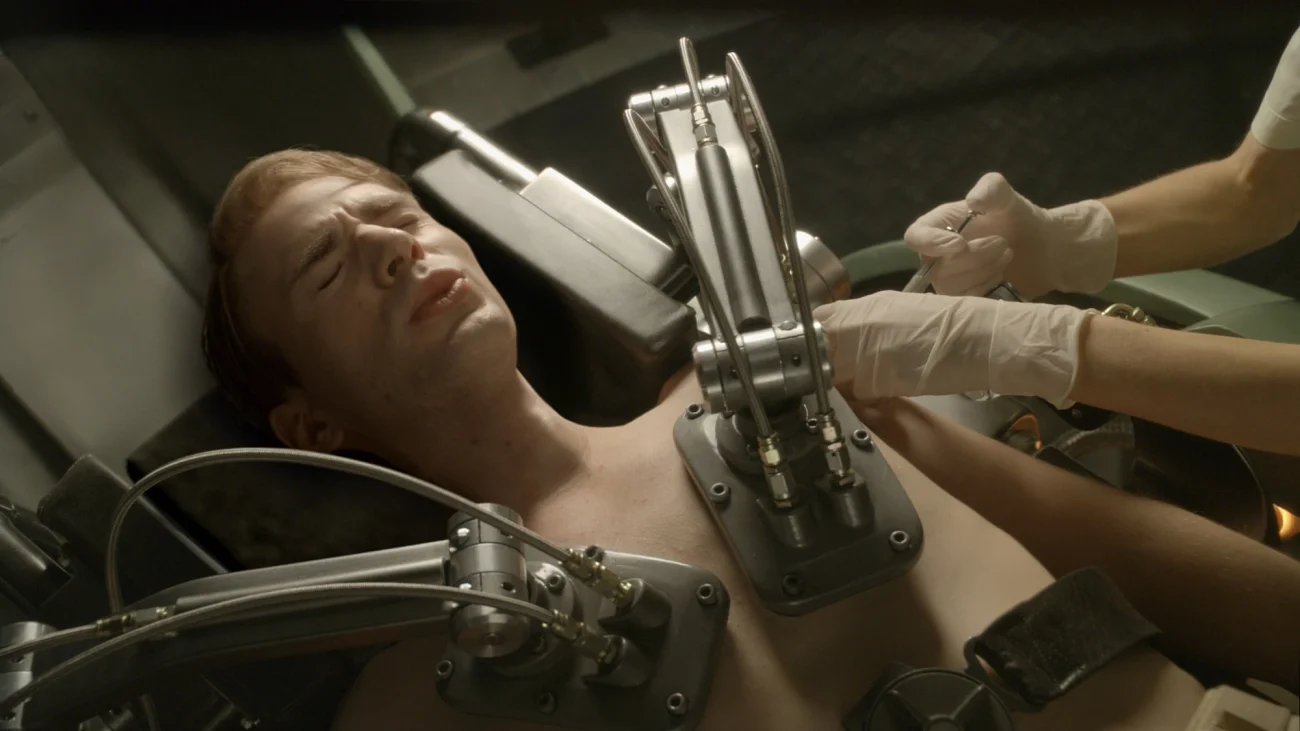
Project Rebirth was a World War II program run by the U.S. government with the goal of developing improved soldiers, and it was spearheaded by Dr. Abraham Erskine. Steve Rogers received the experimental serum in a Vita-Ray chamber, which boosted his physical abilities-like strength, stamina, quickness, and toughness-to the highest possible level for a human, all without causing harmful changes. In the original stories, a crucial aspect of the serum was that it remained stable within Rogers’s system; unlike subsequent efforts, it continued to work without needing repeated doses. Learn more
The program’s story is filled with both triumphs and setbacks. Following Erskine’s passing, no one could ever quite recreate his exact chemical formula or process. This resulted in inconsistent results with future test subjects – some became unstable super-soldiers, while others led to copycat programs like Weapon Plus. This limited success is the reason Rogers remained so important, both during the war and in current missions, even years after being revived.
The Vibranium Shield: Materials Science and Tactics
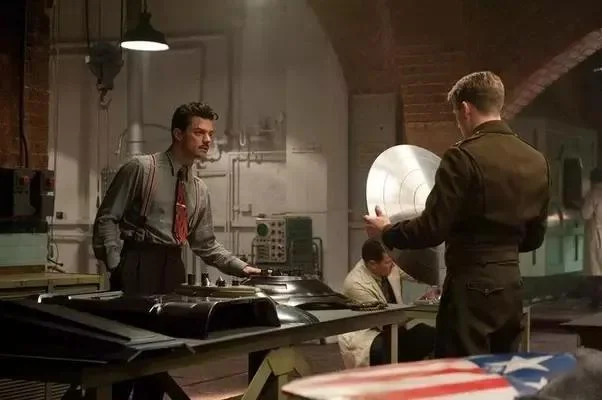
Captain America’s round shield is made from a special, incredibly strong metal called vibranium alloy. This alloy is unique because it can soak up energy from impacts and spread it out, lessening the force. This ability lets the shield protect the user from powerful hits – things like punches, bullets, and explosions – and also reduces the recoil. The shield is almost impossible to destroy, and it only breaks when faced with extremely powerful attacks or rare materials that can damage its internal structure. Its durability is a consistent part of the story, remaining unbroken except under these exceptional circumstances.
In action, Steve Rogers employs the shield for both protection and as a carefully aimed throwing weapon. He uses spin, the launch angle, and the shield’s shape to make it bounce off multiple surfaces, allowing him to control groups of enemies and disarm them with accuracy. A harness on his wrist, combined with his skill at retrieving it, lets him quickly switch between fighting at a distance and in close combat. This is why the shield acts more like a versatile tool than just a fixed piece of armor.
From USO Symbol to Combat Operator
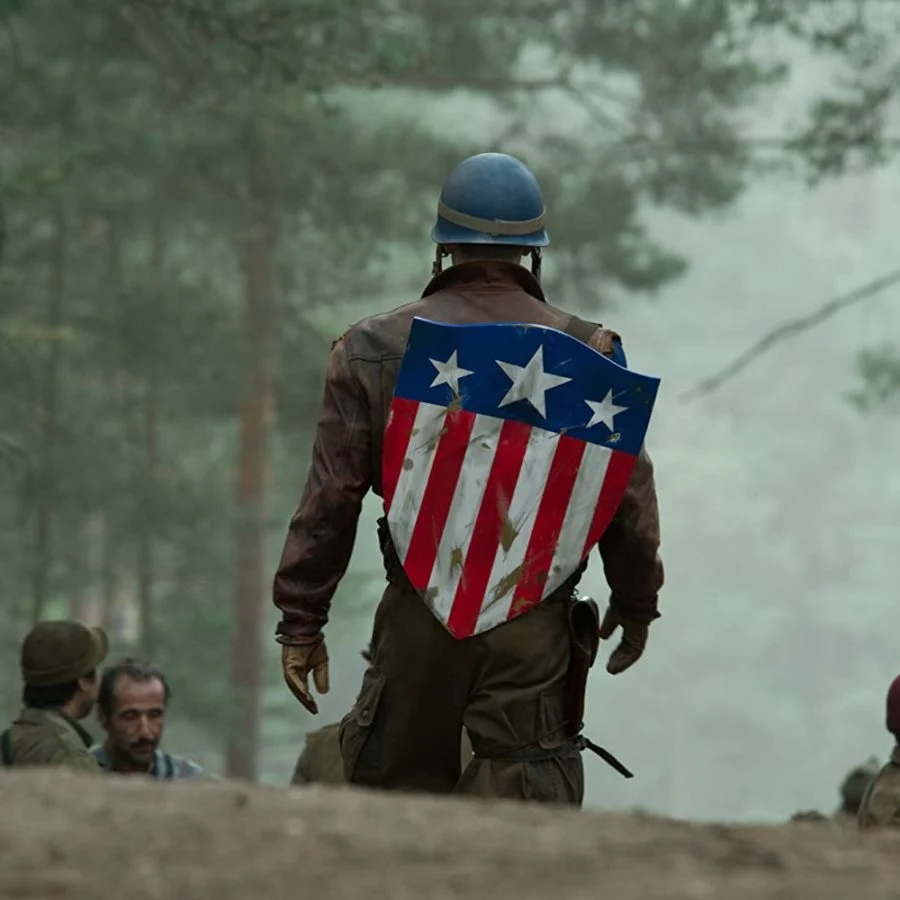
You know, it’s fascinating to me how Captain America’s story began. Initially, Steve wasn’t thrown right into battle. He was more of a symbol of hope, performing in stage shows and going on war-bond tours to boost everyone’s spirits. It wasn’t long before he joined the Howling Commandos in actual combat, of course. But that time with the USO really cemented his image – that iconic star-spangled suit, those posters… it transformed him from just a soldier into a national emblem. And honestly, all that public appearance stuff? It was brilliant cover! It allowed him to travel for covert operations while everyone thought he was just on his way to another show.
His entry into direct fighting involved working with small groups to attack Hydra bases, carrying out sabotage, and rescuing people. Commanders utilized his special abilities to lead dangerous missions-securing key locations like bridges and railways, and attacking fortified mountain bases-allowing the larger Allied army to take advantage of the chaos. This combination of being a public figure and a secret operative set the standard for future intelligence work involving individuals with superpowers.
Leadership Style: Field Command and Decision-Making
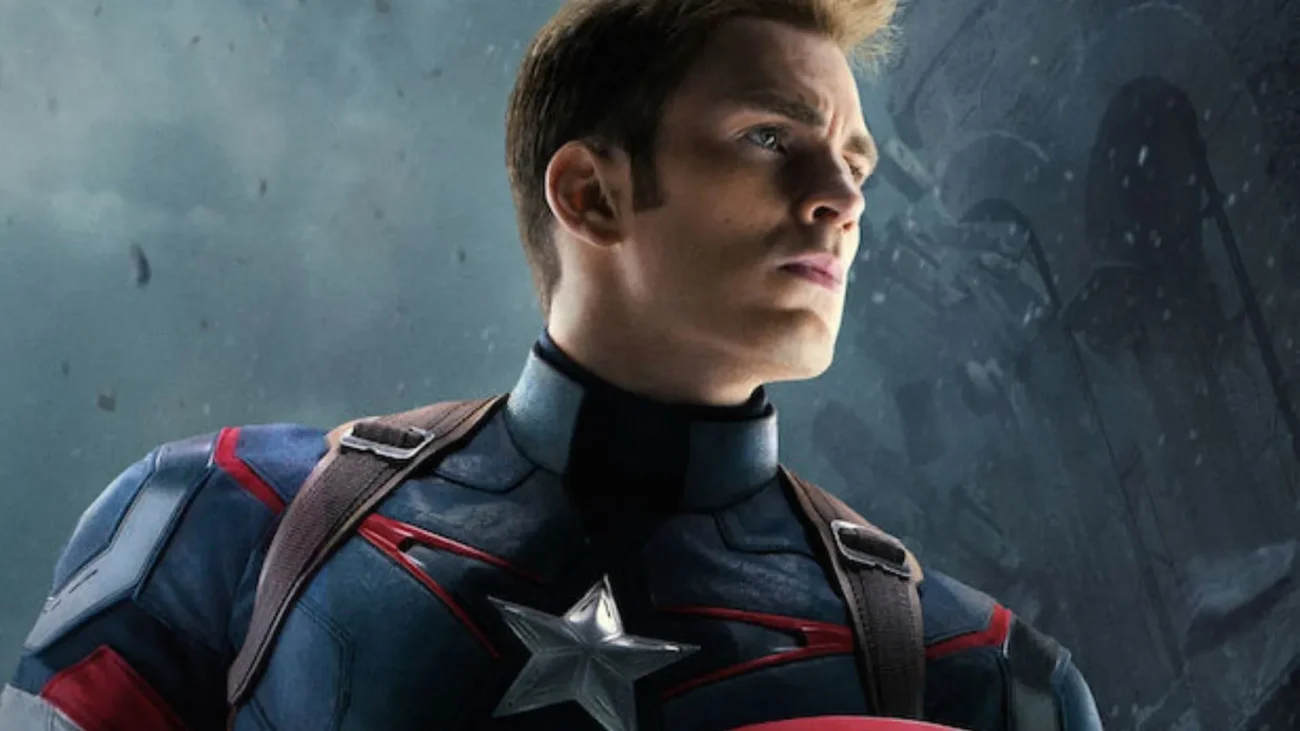
Rogers leads by giving teams freedom to act while clearly defining what needs to be done, especially when things get stressful. He divides goals into straightforward, time-sensitive steps-like securing a key location, disabling an air defense system, or rescuing someone-and then assigns tasks based on what each teammate does best. This method is particularly effective with temporary groups like the Avengers, where members have very different abilities and haven’t had much time to train together.
When dealing with complex, international problems, he focuses on protecting civilians and keeping missions clearly defined. If presented with plans that sacrifice privacy through widespread monitoring in the name of potential security, he advocates for focused actions based on reliable information and confirmed dangers. This approach has consistently influenced how major events unfold, as missions can easily expand beyond their original goals and create unintended harm without strong leadership and control.
The Winter Soldier Connection: Espionage and Legacy
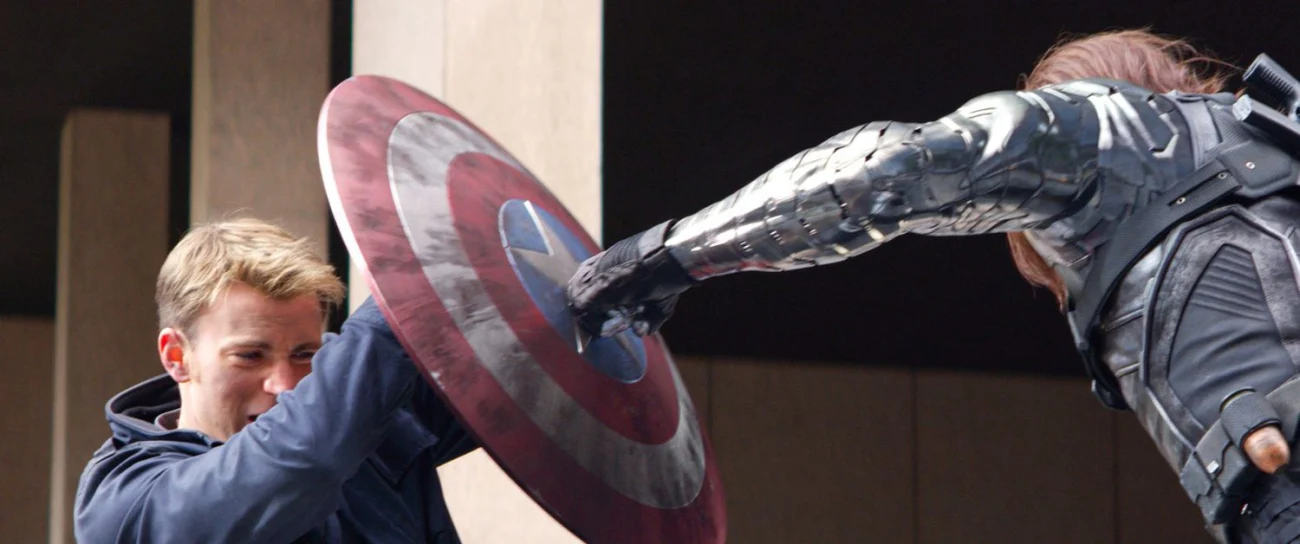
James “Bucky” Barnes becoming the Winter Soldier connects Captain America’s experiences in World War II to the world of modern, secret operations. Barnes was captured, put into cycles of freezing and revival, and brainwashed, turning him into an operative who could be used for covert missions without any official accountability. This backstory brings Rogers into situations where it’s hard to tell the difference between legal government actions and hidden, manipulative schemes.
Discovering the truth about the Winter Soldier program revealed that Hydra had secretly infiltrated various security organizations, leading to comprehensive reviews of how intelligence was handled. For Rogers, the key lesson was this: simply trusting established networks isn’t enough – they need to be constantly checked. This understanding later influenced his choices to operate independently when he suspected that the usual command structures had been compromised.
The Suit as Evolving Gear, Not Just a Costume
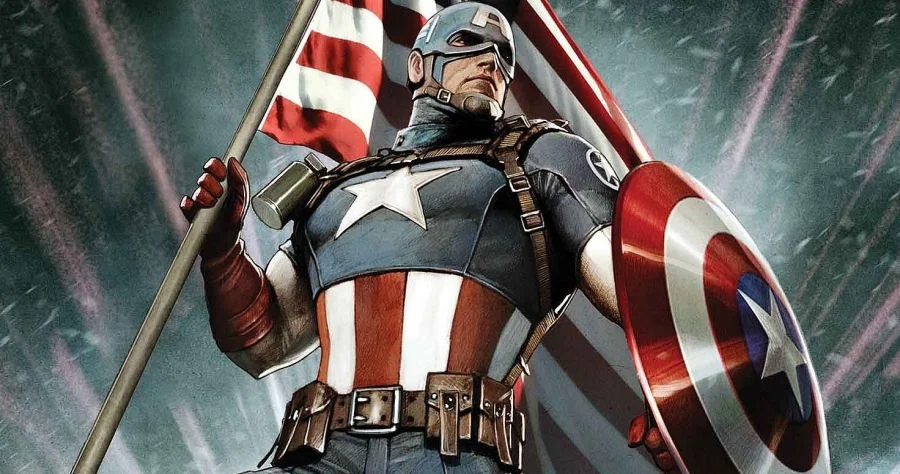
Captain America’s uniforms have evolved to suit the demands of each mission and the level of danger he faces. Initially, during the early days of WWII, his gear was designed to boost morale, featuring sturdy leather and noticeable colors. As the war progressed, his suits shifted to prioritize practicality, incorporating stealth materials, stronger stitching, and adaptable components for communication devices and equipment straps. The star on his chest isn’t just for show; it serves as a clear visual marker, helping his teammates quickly identify him even during intense and confusing battles.
Changes have also been made to improve how the shield works with the operator’s movement. The straps have been improved to make it easier to move through tight spaces in cities, and the boots and gloves now offer better grip for movements like parkour. These small improvements, usually made between bigger missions, follow a trend: each new version tries to make it so the shield and the operator move together seamlessly, reducing any resistance or difficulty.
Combat Style: Hybrid Hand-to-Hand and Shield Work
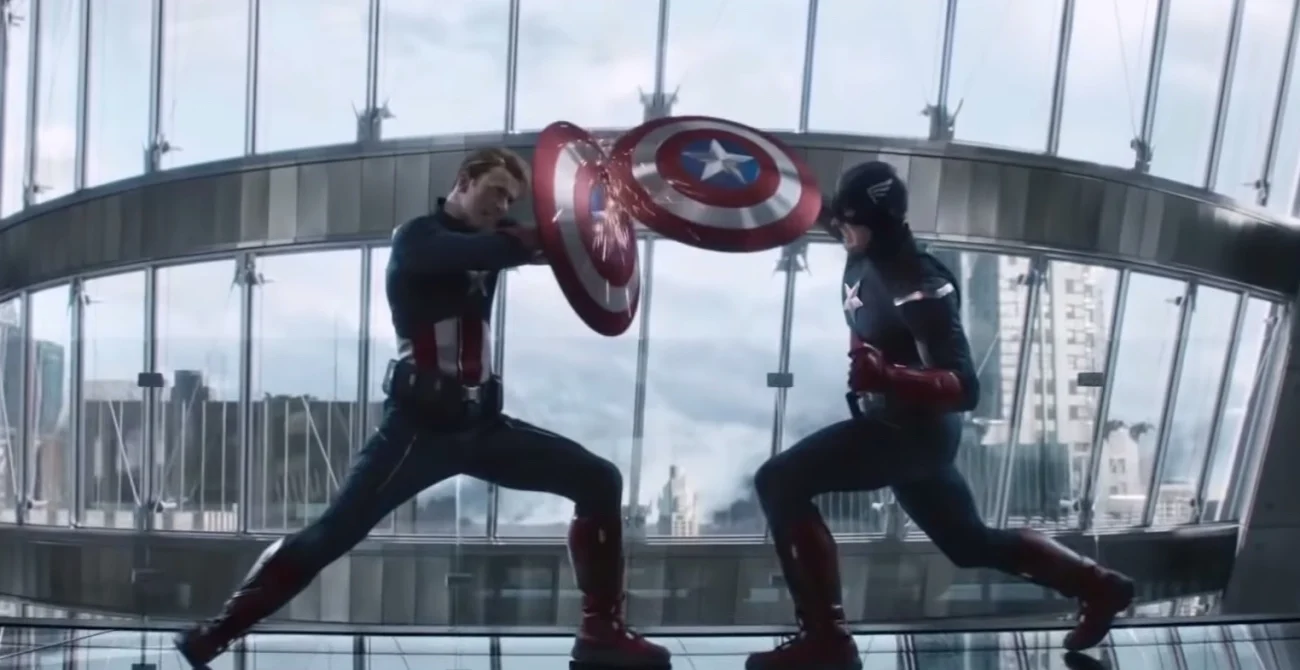
Rogers’s combat style is a mix of different martial arts. It combines the footwork of boxing, the throws from judo and wrestling, strikes similar to karate, and even acrobatic moves like flips and using walls to his advantage. His shield isn’t just for protection; it increases his reach, works as a moving arm guard for blocking high attacks, and adds power to punches and blocks. This combination of skills allows him to handle several opponents and switch seamlessly between defending and attacking.
Training videos and real-match footage show that he consistently focuses on core techniques: maintaining control of his body’s center, adjusting his grip when opponents lose their balance, and cleverly using the surroundings – things like walls or objects – to help him move or block. When working with a team, he strategically positions himself to create advantageous angles for teammates who specialize in long-range attacks or aerial maneuvers, effectively setting up a layered defense while he takes the initial pressure. This approach makes him more effective in groups with varying skill levels rather than in one-on-one fights.
Out-of-Time Narrative: Frozen, Thawed, and Reintegrated
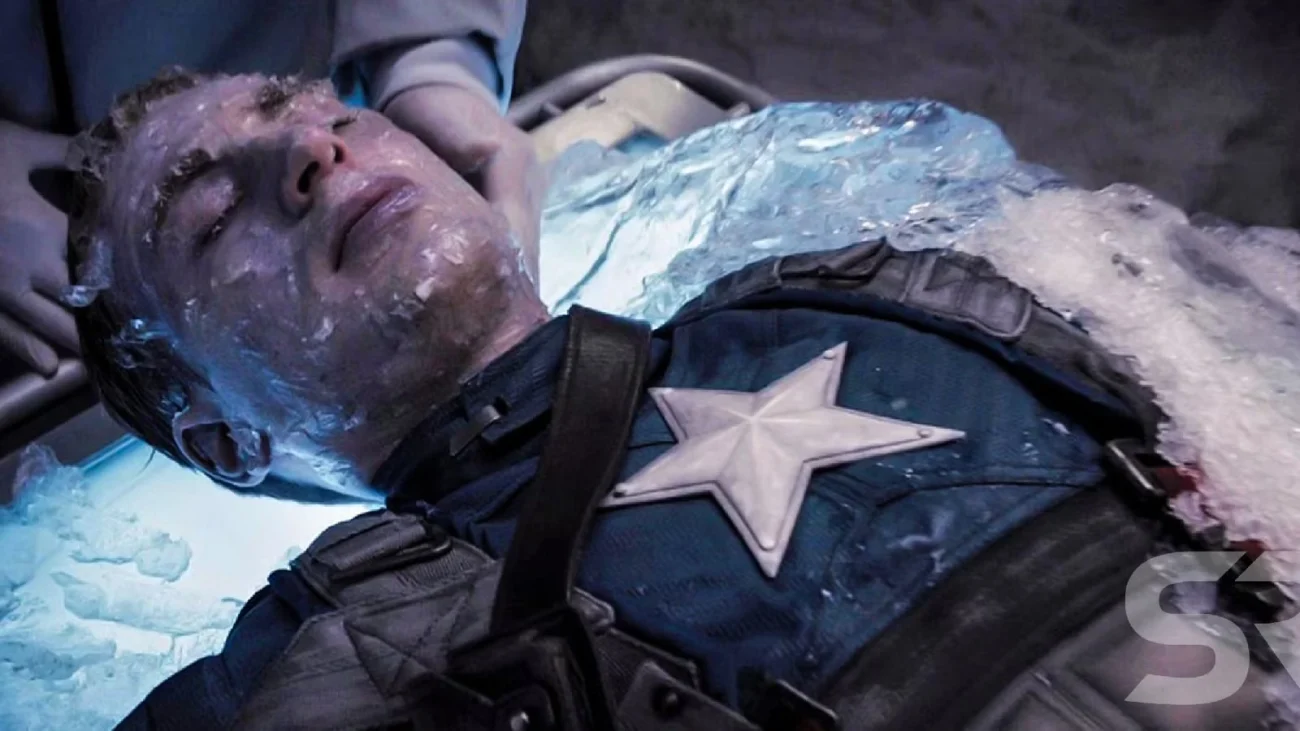
Steve’s story begins with decades spent frozen after a plane crash during wartime. He was then brought back to life in a world vastly different from the one he knew, with new political landscapes and advanced technology. Returning to society meant quickly learning about the changes, undergoing physical therapy to regain control of his body after being in cryostasis, and figuring out how to be a real person again while also being a famous historical figure. Being a “man out of time” accounts for both his deep understanding of history and the occasional disagreements he has with modern organizations.
That time difference also gave him a special role in diplomacy. Because he actually fought against fascism in World War II and now works in current situations, he acts as a connection between the past and present when dealing with other countries-he can explain current dangers by drawing on his own experiences. Government organizations frequently use him in talks where his trustworthiness and practical knowledge can help ease conflict before more forceful actions are thought about. He’s valuable because he can connect historical lessons to present-day challenges, helping to prevent escalation.
Accountability Debates and Operating Frameworks
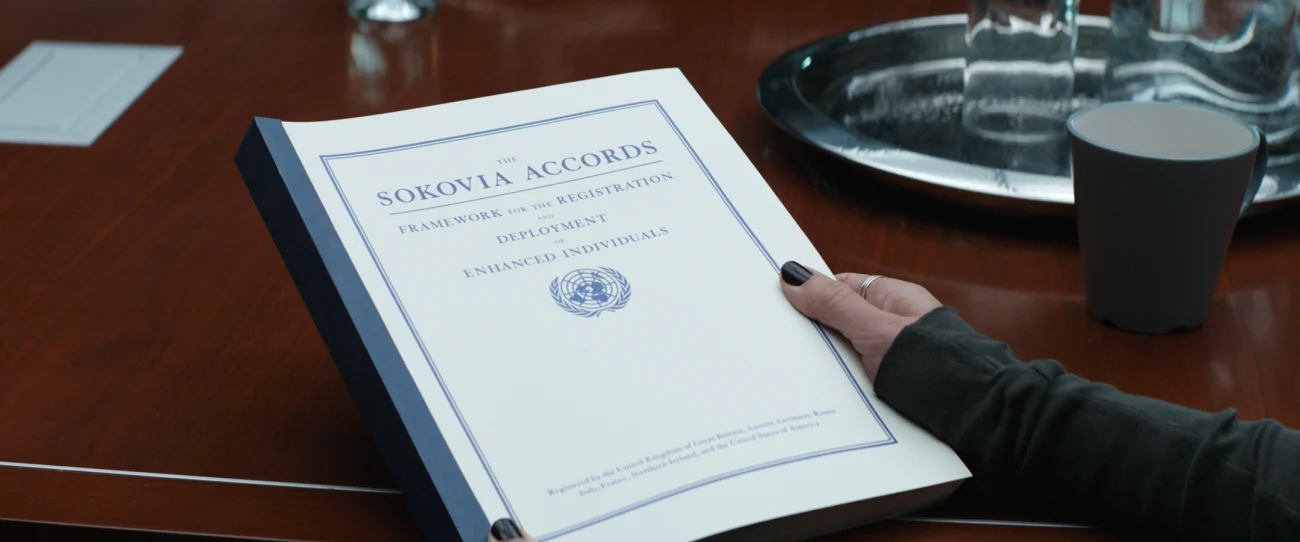
Major events involving groups of superheroes led to suggestions for official monitoring and systems for registering them. Rogers has consistently focused on what’s realistic: establishing clear guidelines for how teams operate, verifying information thoroughly, and being able to respond quickly when red tape could put people in danger. He believes authorization should be granted for each specific mission, rather than giving broad, ongoing approval or the power to hold people indefinitely.
His approach to work sometimes meant operating outside of normal procedures, especially when official systems were broken or stalled. The resulting challenges-conflicts over who reported to whom, disagreements about authority, and friction between agencies-became examples of how to weigh security needs against individual rights. These experiences continue to shape how diverse teams work together across countries and legal systems when dealing with worldwide crises.
Worthiness Moments and High-Stakes Artifacts
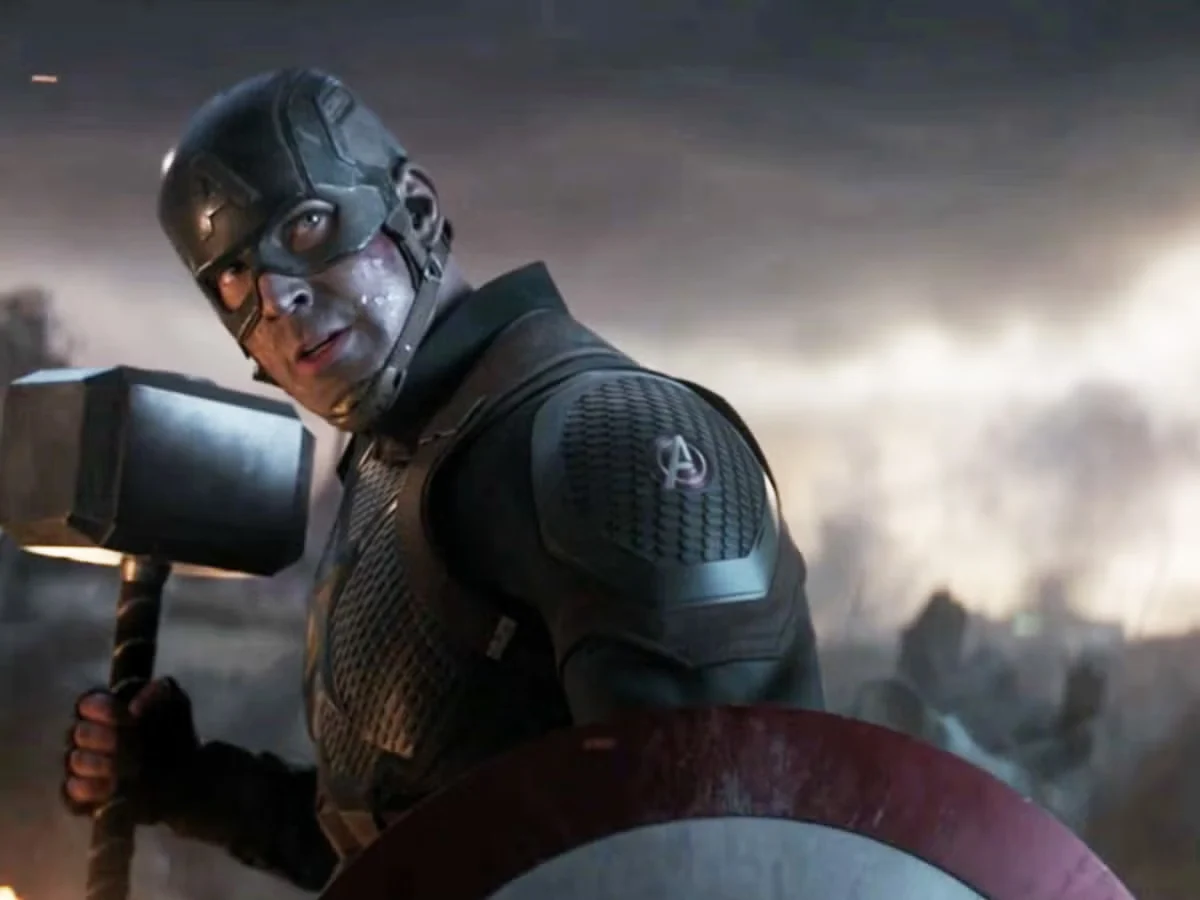
Experiences with powerful, legendary objects-most notably a magical hammer-served as challenges to test Captain Rogers’s skills and judgment during combat. When facing tough battles, briefly wielding these items broadened his strategic possibilities, letting him control areas of the battlefield and effectively counter attacks from stronger enemies. These weren’t just random boosts to his power; the story’s established rules and history explained why and how he could use them. Learn more about the mythology. It was all part of the world’s internal logic.
When it came to practical use, quickly adapting to a new weapon during a fight needed fast physical adjustment and understanding of the situation. Rogers combined the shield with the new weapon in ways that worked well together-using one for defense and deflecting attacks, and the other to extend his range and maintain control-all while still working as a team. The key point is this: even unexpected equipment can be used effectively during a mission if the fundamental goals-protecting people, maintaining the defensive line, and completing the task-remain the same.
Share which “cool thing” about Captain America you’d add to the list in the comments!
Read More
- Broadcom’s Quiet Challenge to Nvidia’s AI Empire
- Trump Ends Shutdown-And the Drama! 🎭💸 (Spoiler: No One Wins)
- METH PREDICTION. METH cryptocurrency
- South Korea’s KRW1 Stablecoin Shocks the Financial World: A Game-Changer?
- Gold Rate Forecast
- How to Do Sculptor Without a Future in KCD2 – Get 3 Sculptor’s Things
- CNY JPY PREDICTION
- 20 Most Cursed Productions in Movie History: From Jaws to Titanic, the Chaos Behind Iconic Films
- Investing Dividends: A Contemporary Approach to Timeless Principles
- Four AI Stocks: A Lyrical Epic in Silicon and Light
2025-10-02 10:17